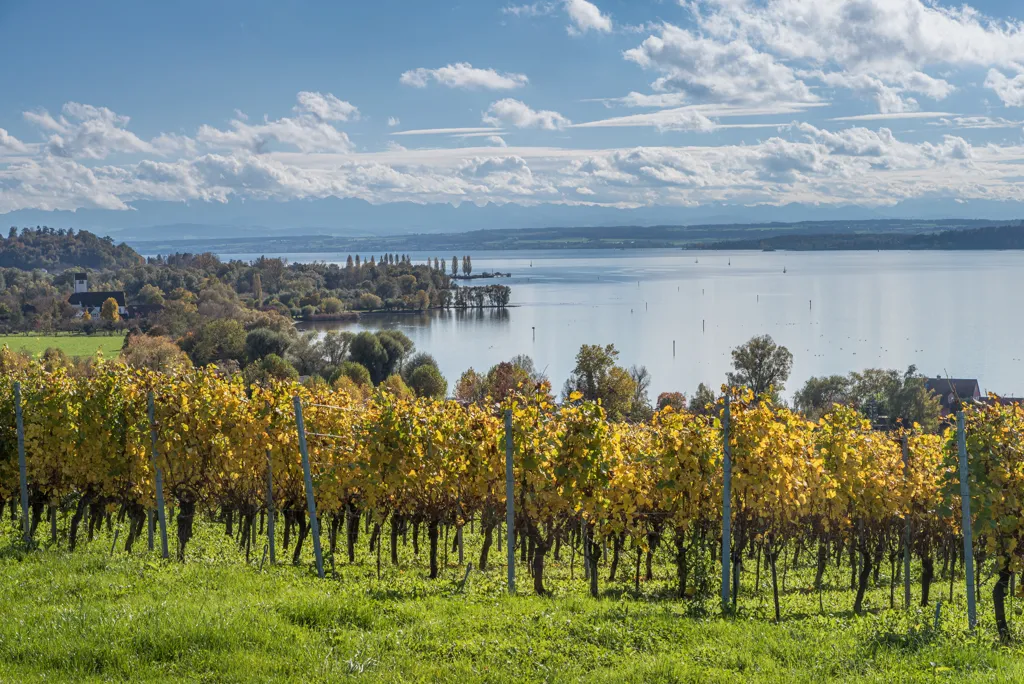
German Switzerland
German-speaking Switzerland, encompassing the northeastern part of Switzerland, is a wine region renowned for its crisp and refreshing white wines. Müller-Thurgau reigns supreme here, although the region is further divided into three sub-regions – western, central, and eastern – each with slight variations influenced by specific terroirs. While white wines dominate, some red wines are also produced, particularly Pinot Noir locally called Blauburgunder.
The main grape varieties grown in German Switzerland are Müller-Thurgau, Pinot Noir, and Chasselas. Müller-Thurgau is the most widely planted grape variety in the region, and is used to produce light-bodied white wines with a crisp acidity. Pinot Noir is also grown in the region, and is used to produce light-bodied red wines with a delicate flavor profile. Chasselas is a white grape variety that is used to produce crisp, refreshing wines with a subtle floral aroma.
The main grape varieties grown in German Switzerland are Müller-Thurgau, Pinot Noir, and Chasselas. Müller-Thurgau is the most widely planted grape variety in the region, and is used to produce light-bodied white wines with a crisp acidity. Pinot Noir is also grown in the region, and is used to produce light-bodied red wines with a delicate flavor profile. Chasselas is a white grape variety that is used to produce crisp, refreshing wines with a subtle floral aroma.
German-speaking Switzerland, with its alpine landscapes, produces distinctive wines. Its signature grape, Müller-Thurgau, is a cross between Riesling and Madeleine Royale. Created by Dr. Hermann Müller, its name honors the Thurgau region where it was bred.




